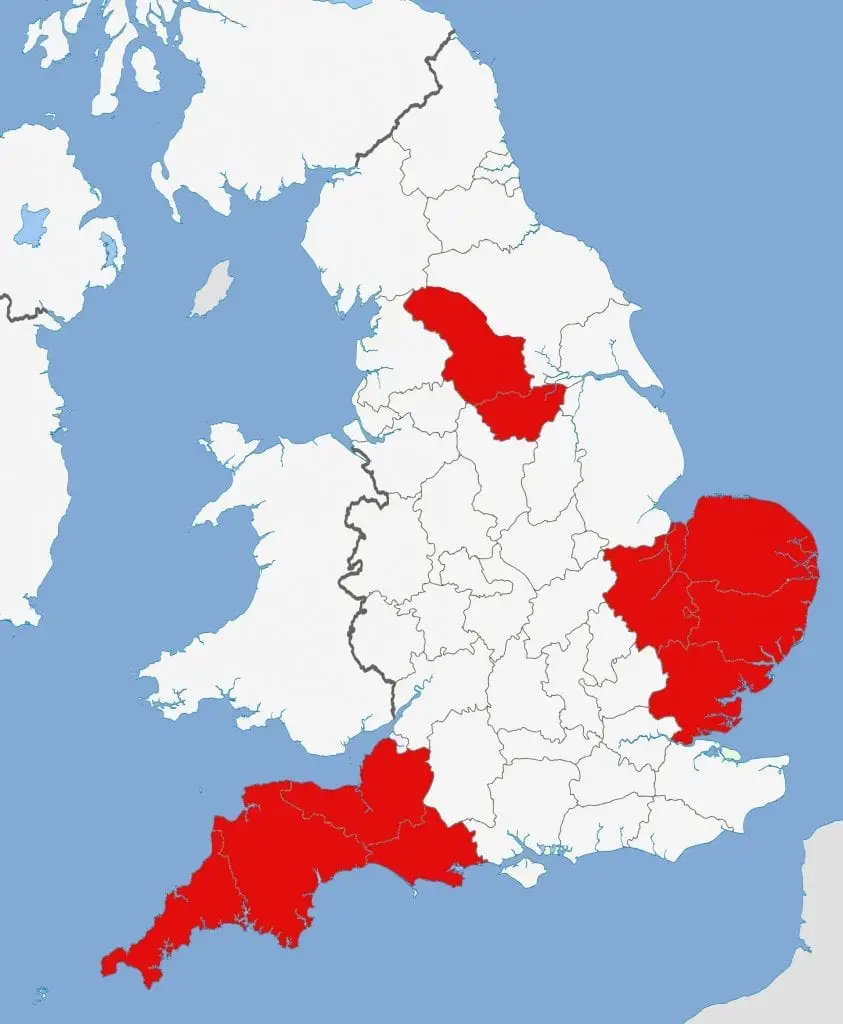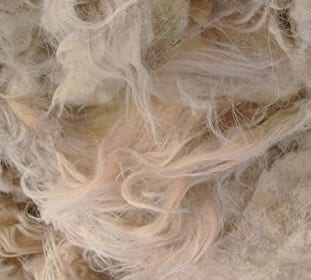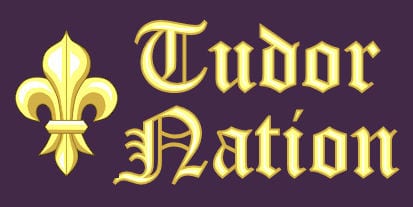The cloth trade in Tudor England was extremely important and involved workers from different sections of society. Merchants dealt in the import and export of raw materials and finished products and were generally very wealthy men. Labourers were paid by merchants to carry out the various stages in cloth production.

Although linen was beginning to be produced, it was the production of woollen cloth that dominated the cloth trade in Tudor England.
The West Riding of Yorkshire, East Anglia and the West Country were the most important areas for the production of woollen cloth.
How was woollen cloth made?
The making of cloth in Tudor England involved a series of processes, each carried out by workers in their own homes.

The clothier sent his agents to collect cartloads of fleece from farms. These were then brought back to his barn for sorting into different qualities and sizes. Workers were employed to wash and oil the wool which was then piled layer upon layer so that the oil would make the wool more supple for working. When the wool was ready it was taken by pack-horse to the carders.
Using spiked boards, the carders had to comb the wool into separate fibres. This was very hard physical work and workers frequently worked for twelve hours at a time.
The carded wool was then taken to village women who would spin the fibres into thread using a distaff. The women often sat together and gossiped as they worked.
Spun woollen thread was then taken to the weavers where it was woven into cloth. The finished material was then taken to a fulling mill where it was soaked in water before being beaten with wooden paddles. It was then scrubbed with fuller’s earth (aluminium oxide). The wet cloth was stretched before being bleached and sheared.
Could cloth be dyed in the Tudor period?
For most of the Tudor Period cloth was exported in its natural state but towards the end of the sixteenth century it began to be dyed by a local dyer.
Yellow could be made by dying the wool with onions, cow parsley, nettles, oak bark or privet leaves. Blues and purples could be made by using the fruit of the sorrel tree while shades of grey could be made from alder bark and yellow iris.
The entire cloth-making process could be completed in a few months.
First published 2019; updated and republished Oct 13 2022 @ 5:43 pm – Updated – [last-modified]
Harvard Reference for The Cloth Trade in Tudor England:
Heather Y Wheeler. (2019 – 2022). The Cloth Trade in Tudor England Available: https://www.tudornation.com/the-cloth-trade-in-tudor-england Last accessed [date]
